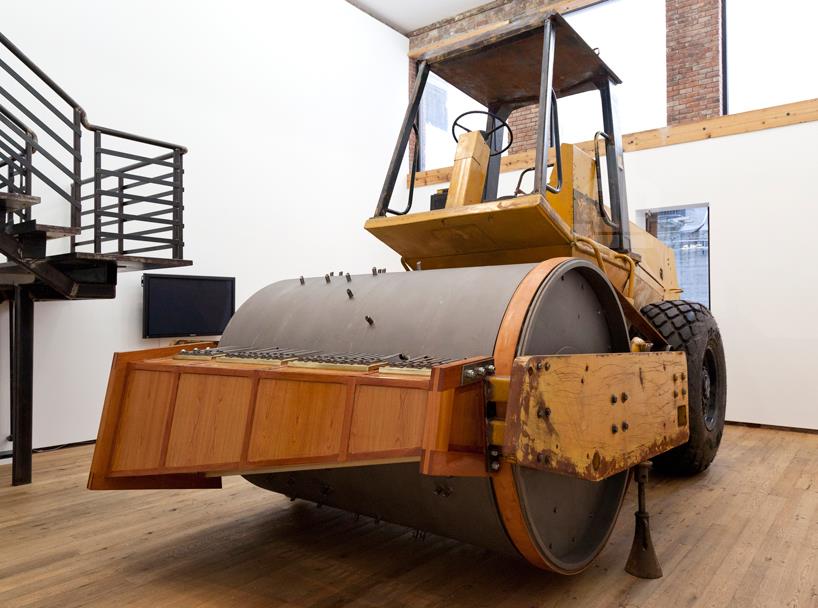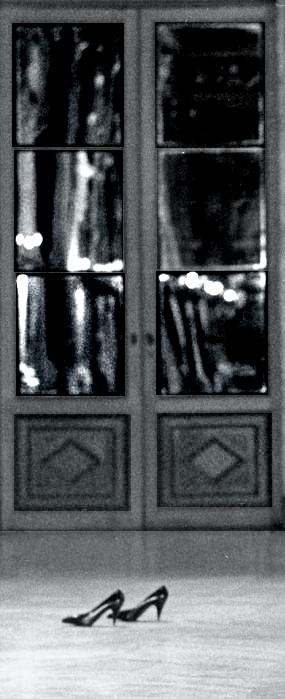
Pedro Reyes
Return to Sender
Disarm music box
For the work group Disarm, he was able to use 6,700 weapons confiscated in the Mexican drug war and transform these into musical instruments[…] They play well-known, classical music pieces from the respective manufacturer’s country of origin. A musical box made with Glock pistol parts plays Mozart, Beretta barrels Vivaldi, while Reyes’s weapon of choice for Swiss songwriter Mani Matter is the Carabine. Reyes is concerned with «upcycling» – transforming an instrument of death into a musical instrument that stands for dialog and exchange. He undertakes this transformation process with the conviction that the physical act is always accompanied by an idealistic one and appeals to the spiritual dimension of this quasi-alchemical operation towards the good.










